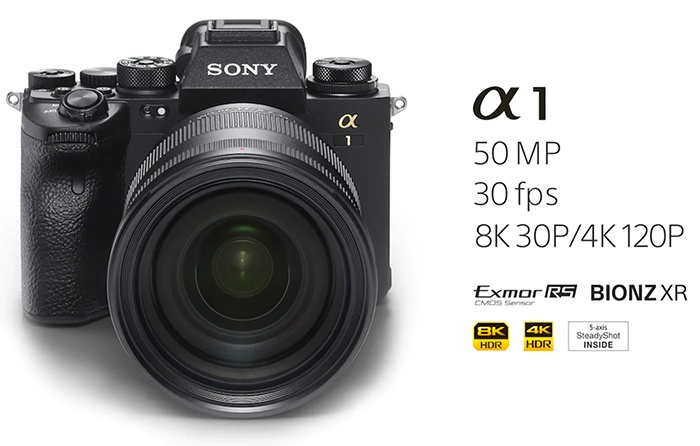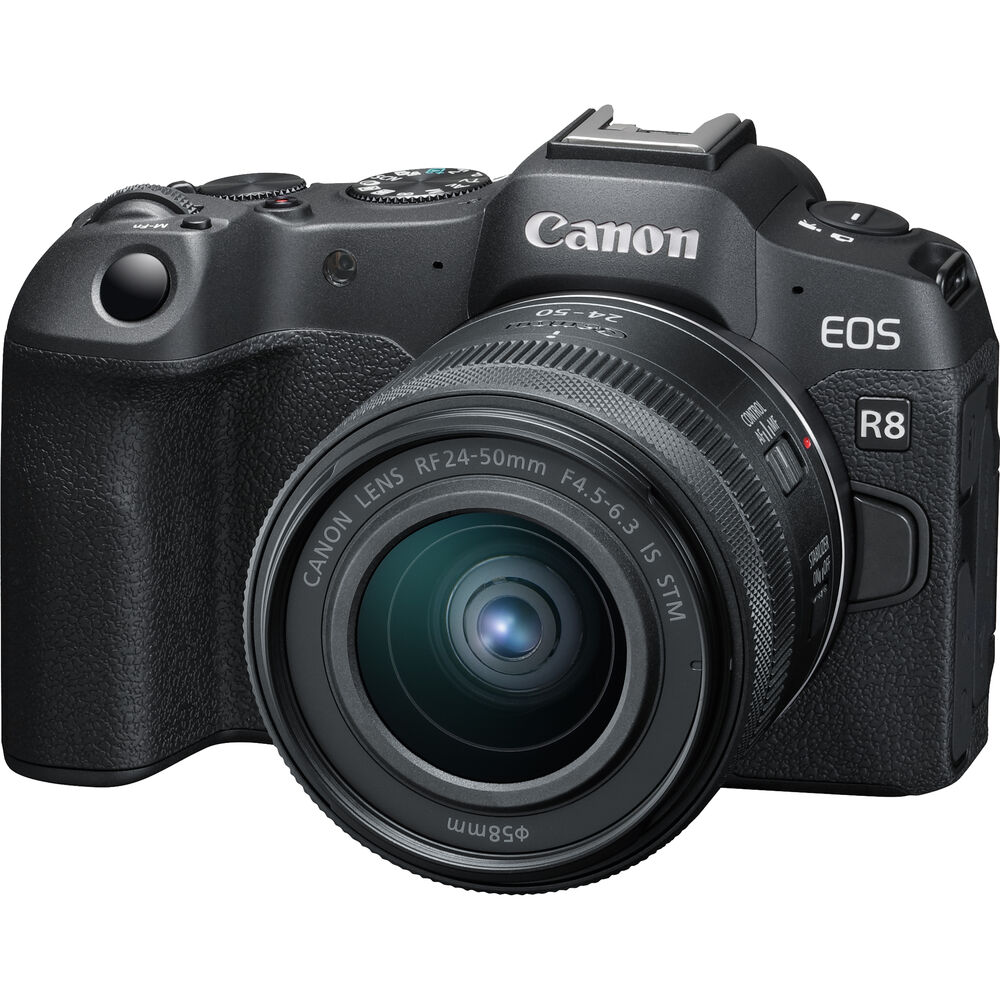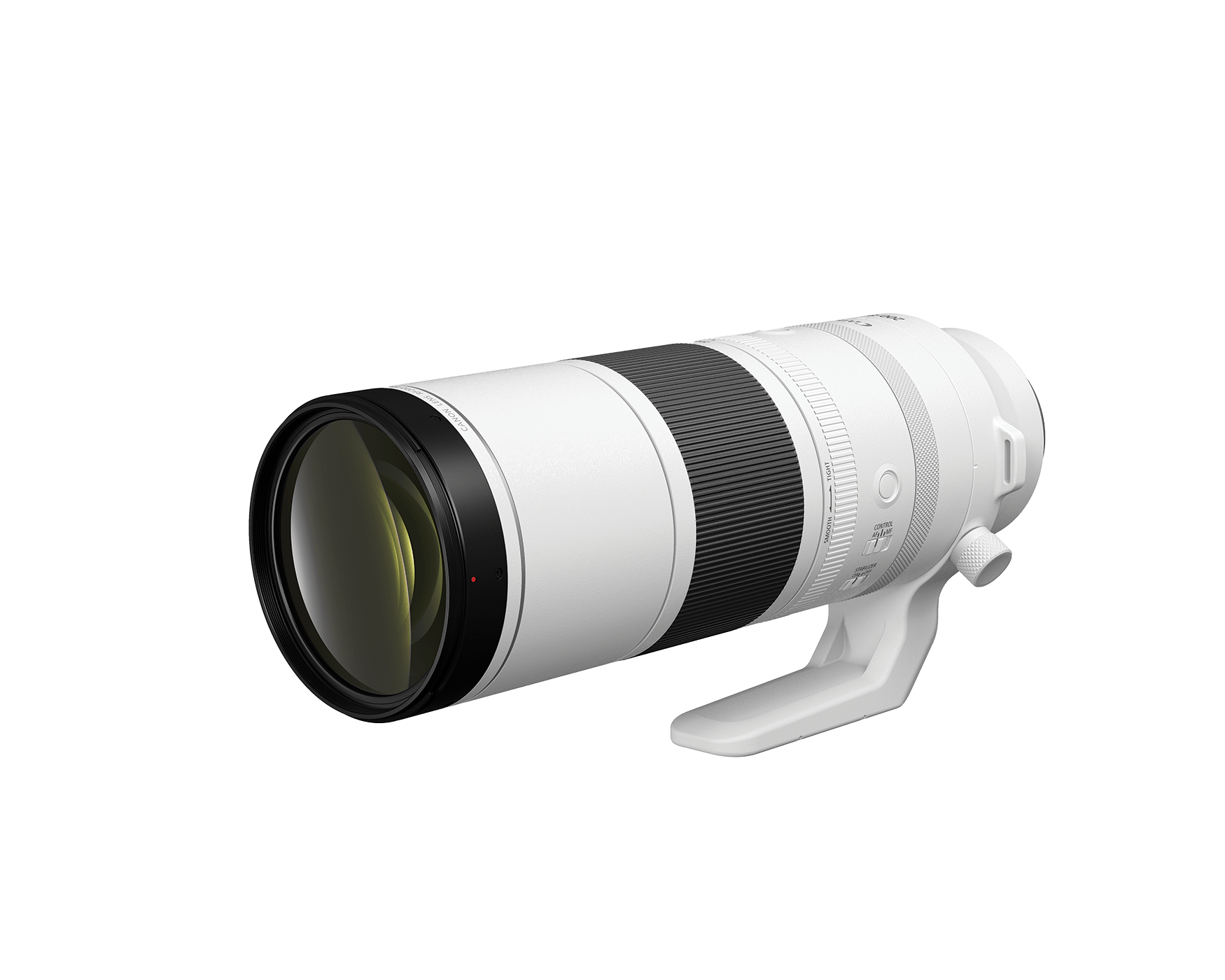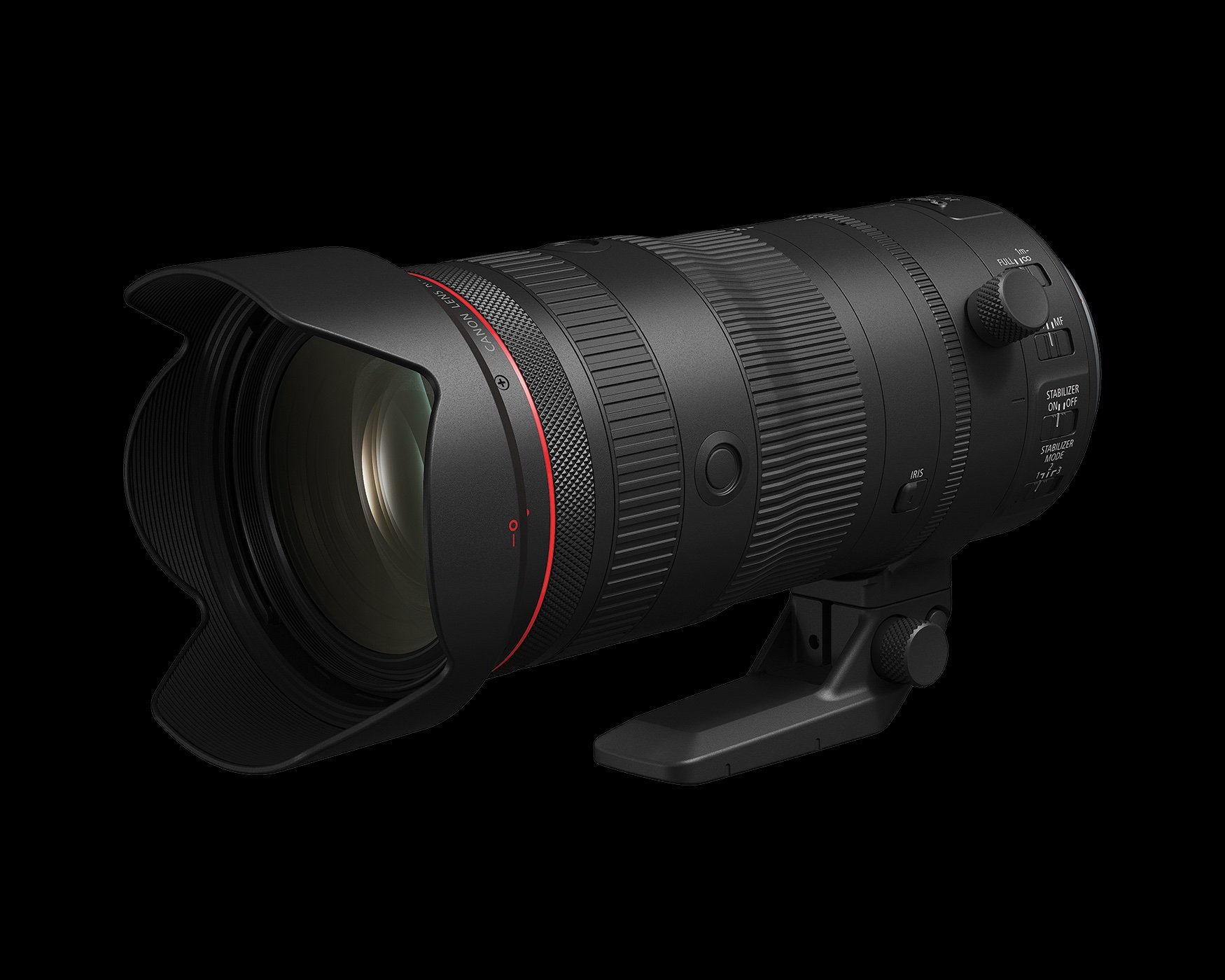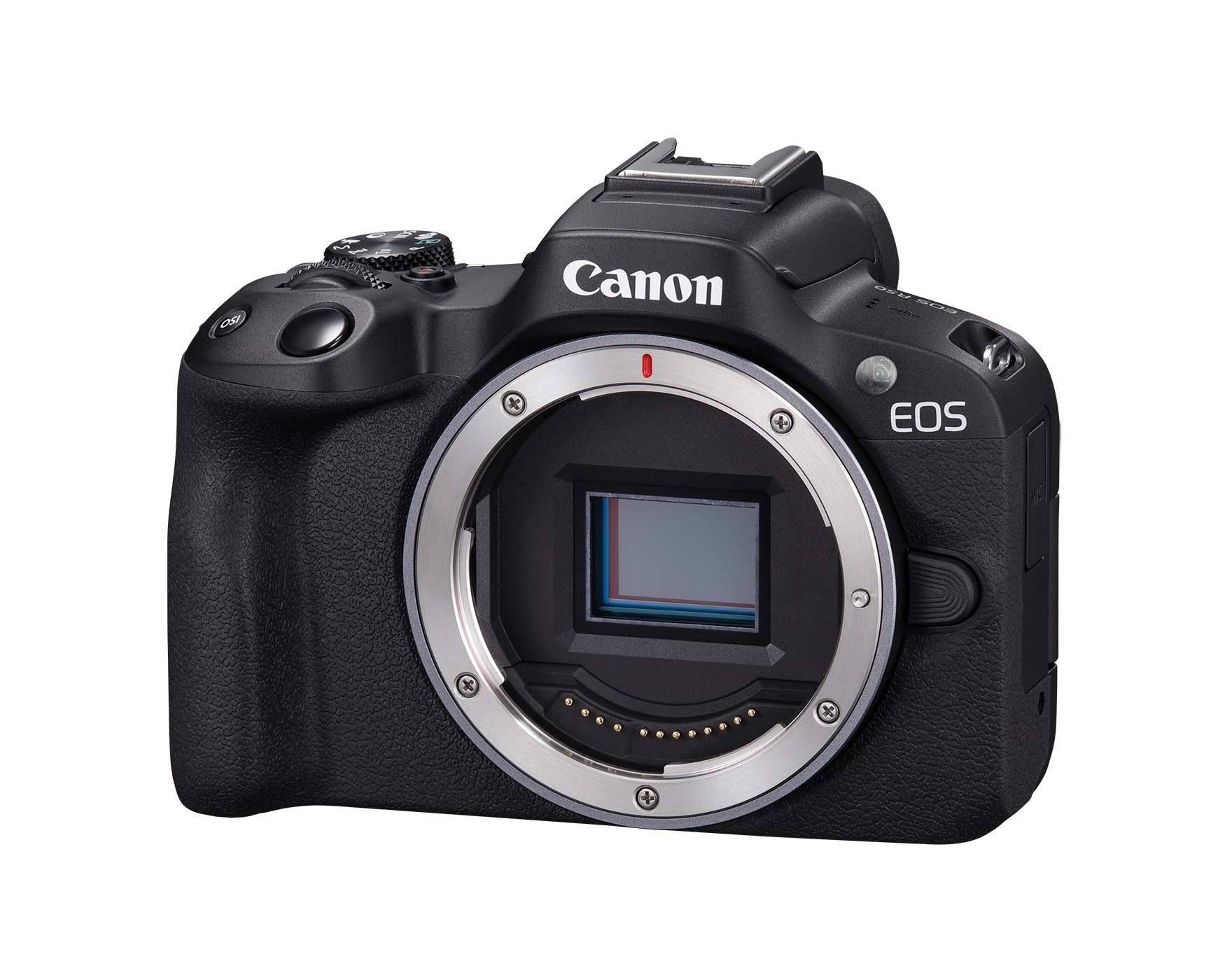Here is a Canon EOS R8 review by our favourite gear reviewer. Canon EOS R8…
Sony Alpha 1 vs Canon EOS R5 Image Quality Comparison
Here is a rather interesting Sony Alpha 1 vs Canon EOS R5 comparison, under examination is the image quality.
Coming from well known reviewer Gordon Laing, the Sony Alpha 1 vs Canon EOS R5 comparison video below goes down deep into pixel peeping to establish which camera delivers the better photo quality.
More Sony Alpha 1 coverage is listed here, for the Canon EOS R5 see here. More comparison reviews are listed here.
Sony Alpha 1 at a glance:
- 50MP Full-Frame Exmor RS BSI CMOS Sensor
- Up to 30 fps Shooting, ISO 50-102400
- 8K 30p and 4K 120p Video in 10-Bit
- 4.3K 16-Bit Raw Video Output, S-Cinetone
- 9.44m-Dot EVF with 240 fps Refresh Rate
- 759-Pt. Fast Hybrid AF, Real-time Eye AF
- 5-Axis SteadyShot Image Stabilization
- Dual Drive Mech. Shutter, 1/400 Sec Sync
- 5 GHz MIMO Wi-Fi, 1000BASE-T Ethernet
- Dual CFexpress Type A/SD Card Slots
A flagship in the truest sense, the Sony Alpha 1 is the one camera designed to do it all. Built without compromise, this full-frame mirrorless offers high-resolution for stills shooting, impressive 8K video recording, speed and sensitivity, and connectivity for the most demanding professional workflows.
At its core, the Alpha 1, or a1, is distinguished by a newly designed 50.1MP full-frame Exmor RS BSI CMOS sensor and the BIONZ XR processing engine. Pairing the efficient stacked sensor design with optimized processing means the a1 is capable of 30 fps continuous shooting at full-resolution, 8K 30p and 4K 120p 10-bit video recording, and still offers versatile sensitivity up to ISO 102400 for low-light shooting. The sensor’s design also includes a 759-point Fast Hybrid AF system, which offers advanced subject tracking and Real-time Eye AF on humans and animals, even including a dedicated Bird Mode.
Despite the connotations of a high-resolution sensor, the a1 is a strong contender in the video arena, offering 8K and 4K recording resolutions along with full pixel readout, internal 4:2:2 10-bit sampling, and 16-bit raw output via the full-size HDMI. No recording limit allows for extended takes and, matching with professional cine cameras, the a1 includes S-Cinetone support for smooth skin-tone rendering along with well-controlled highlights and soft colors.
Physically, the a1 has a familiar shape, but internally it reaps the best tech of the Alpha series with some notable upgrades, including a 9.44m-dot OLED EVF that touts a 240 fps refresh rate for fluid motion rendering and greatly reduced blackout when shooting continuously. The camera’s shutter design has also been revised and now offers full-frame flash sync speeds up to 1/400 sec, and flash sync up to 1/200 sec is even supported when working with the silent electronic shutter. At the rear of the camera is a 3.0″ tilting touchscreen LCD and both Bluetooth and Wi-Fi connectivity, with 2×2 MIMO support, offer wireless remote control and file transferring capabilities. Additionally, the a1 includes dual memory card slots, both of which support working with CFexpress Type A or SD UHS-II memory cards for flexible and high-speed file storage.

